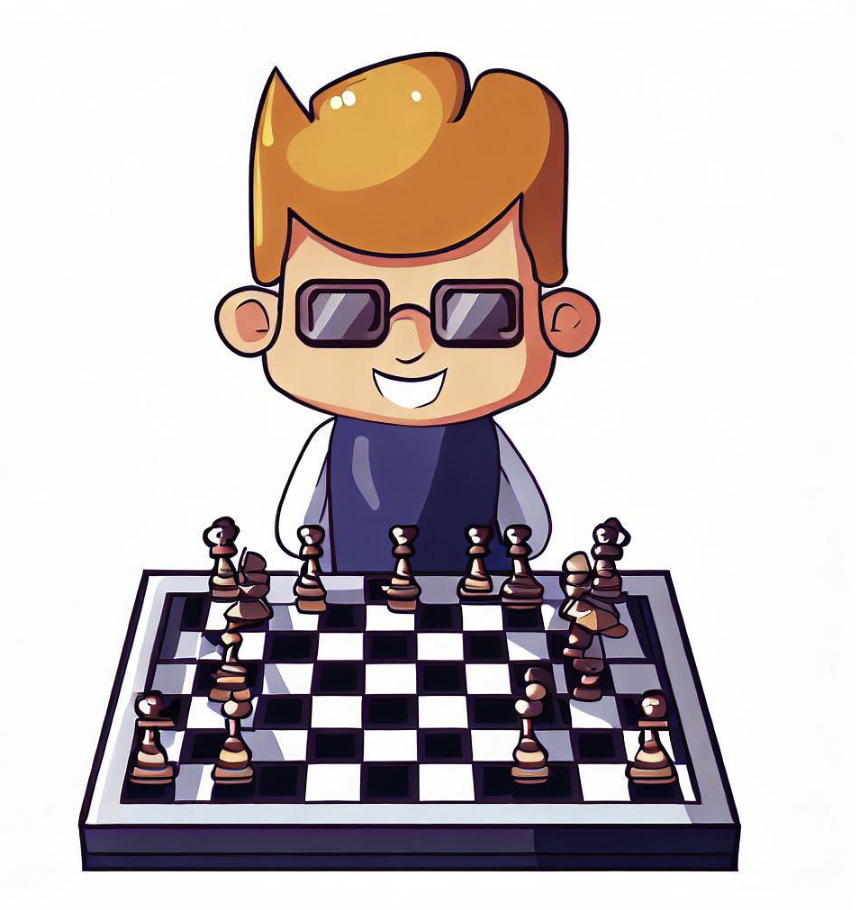Three-player chess is a fascinating adaptation of the traditional two-player chess game.
It is a game that has expanded the classic chessboard into a multi-player battlefield.
This variant of chess maintains the original game’s strategic depth while introducing a new layer of complexity.
The Chessboard
In three-player chess, the board is significantly different from the traditional 64-square chessboard.
Rather than a square, the board is usually a hexagon or a circle divided into segments.
Each player controls one segment of the board, effectively placing each player between their two opponents.
The Rules
The rules of three-player chess are mostly similar to those of the traditional game, with each piece moving in the same way.
However, there are unique rules added to accommodate the extra player and the altered board shape.
One of these is the rule that a checkmate ends the game, but the player who delivered the checkmate is not necessarily the winner.
Instead, the player with the most points, derived from captured pieces, is declared the winner.
How to play 3 Player Chess
Strategy
The strategy in three-player chess becomes more complex due to the additional player.
Players must not only consider their moves against one opponent, but must also anticipate the moves of the other.
This often leads to interesting dynamics, such as temporary alliances, where two players may collaborate to checkmate the third.
Variations
There are several variations of three-player chess, each with its own unique set of rules and strategies.
For instance, in some versions, the player who delivers the checkmate is the winner, regardless of the number of pieces they have captured.
In others, the game continues after a checkmate, with the remaining two players fighting it out.
Conclusion
Three-player chess is a dynamic and exciting expansion of the classic chess game.
It offers a fresh and complex approach to the game’s strategy, opening up new possibilities for alliances and betrayals.
Whether you are a seasoned chess player or a beginner, three-player chess offers a new challenge that can help sharpen your strategic skills.
FAQ on Three-Player Chess
How does the introduction of a third player affect the strategy and play style in chess?
The introduction of a third player significantly alters the strategy and play style of traditional chess.
Many common chess openings become less useful due to the extended board and third player’s presence.
Players need to think twice as far ahead, anticipating the moves of not just one but two opponents, with the added complexity that the next player may choose to attack either opponent.
Why might players be more reluctant to trade off pieces in three-player chess?
In a three-player chess game, if two players trade off pieces, the third player benefits.
This is because the third player essentially gains a numerical advantage while the other two players are reducing their own piece count.
As such, players are often more reluctant to make trades in three-player chess, and instead, they may prefer to carry out other strategies that don’t involve direct piece trades.
How does the “extra” move by the third player affect the gameplay?
The “extra” move by the third player can introduce unique situations and complexities.
For instance, it can result in situations of deadlock where a piece is simultaneously attacked by two opposing pieces but remains safe because neither opponent would risk taking the piece and getting captured by the third player.
This dynamic adds a new layer of strategy to the game.
What strategies are involved in preventing opponents from checkmating each other in three-player chess?
In three-player chess, players must concentrate not only on their own attack and defense but also on preventing the two opponents from checkmating one another.
This is because the player who delivers the final checkmating move is often the winner.
So, a player could strategize to use one opponent’s position to checkmate the other, but they must be careful that the third player does not deliver the final checkmate first.
What happens if one player allows the second player to checkmate the third?
If a player allows the second player to checkmate the third, they could end up at a significant disadvantage.
This is particularly true in game variations where the checkmating player gains command of the checkmated opponent’s pieces.
In such a scenario, the remaining player would likely lose due to the increased power of their remaining opponent, now armed with the third player’s pieces.
Therefore, it’s crucial for players to strategically monitor and intervene in the interactions between their opponents.


